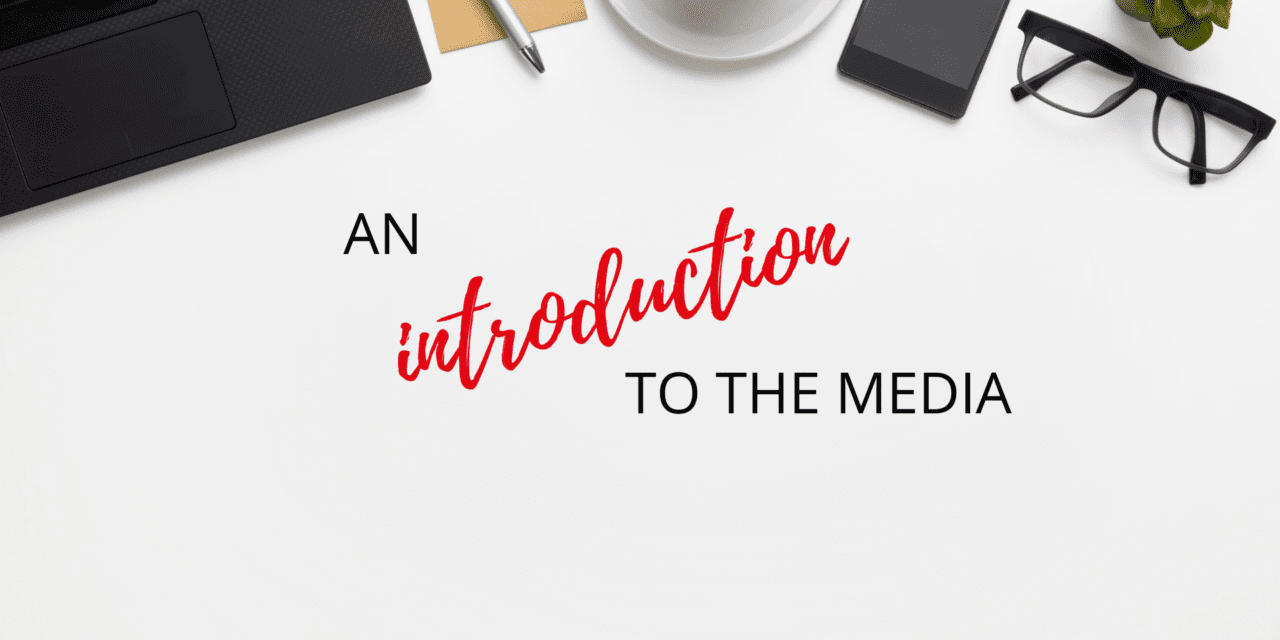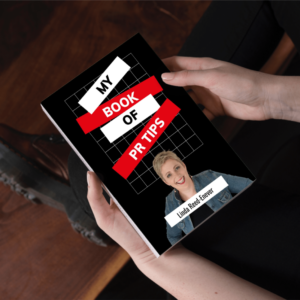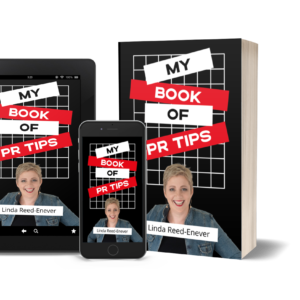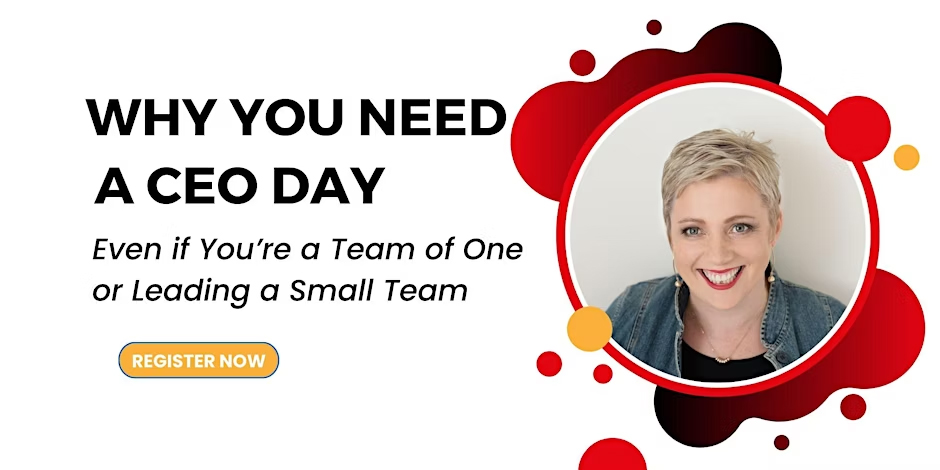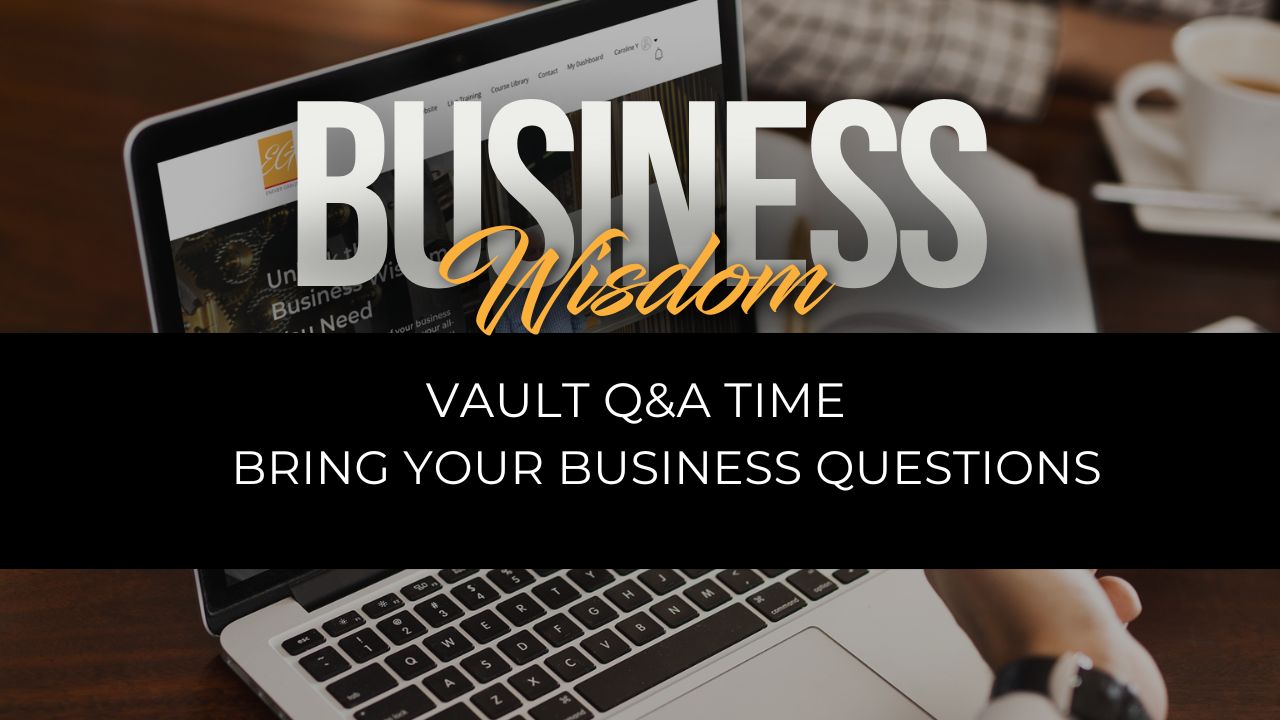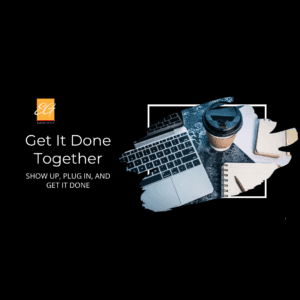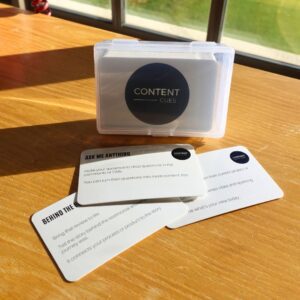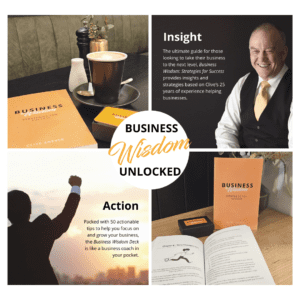What is the Media
Traditional media is the print, TV and radio; from your daily news to your monthly magazines and news features.
The digital era has seen the media grow, diversify and morph into the online world. Online media means that the news is now more social. The reach is wider and your audience is more accessible than ever.
Digital media includes blogs, social media channels such as Facebook; online magazines and online communities. The result is a world of opportunity for business to share their message across a diverse range of platforms in a variety of styles.
In the end, no matter the channel, the media is all about telling stories and communicating. And if you don’t share your story, who will?
What is PR?
Public Relations is all about relating your business to the public: telling your story, building your brand and sharing your message in a way that the media and general population will relate to you and bond to and recognise your brand.
Every business, brand and corporation has a story to tell – an idea or ethos that is unique to them. It is this story that the media want to hear.
At its heart, public relations is about telling that story over and over again in a number of ways.
Great public relations is about telling that story well, at the right time, with the right focus and feel, to the right audience.
PR is mostly a proactive world, but occasionally it’s reactive. It is a matter of thinking on your feet and being able to do both, to ensure you seize and make the most of opportunities.
Many businesses and organisations often underestimate the power and range of public relations, confining it to media releases. It is much more than that, PR is relationships and it is in those relationships that the power is held.
In this digital age, the world of PR has expanded and, in addition to media marketing and advertising, its realm now encompasses social media, blogging and more. It connects a business with its public and provides them the information they need to make decisions about the feel of the business and about its products.
PR takes time
Public relations and marketing take time. You cannot work on PR one day and forget about it the next.
Public relations and branding is a continual process that becomes part of the way that you do business and how you shape your day. It is this time commitment by yourself or a professional that makes PR really work for you.
The three frontiers of PR
Public relations can be broadly broken down into three primary frontiers that every business should be utilising: proactive, reactive and ongoing. So let’s take a quick look at the differences so you can implement them into your day.
Proactive PR
This is about getting your message out and happens in a number of ways including announcing new products, initiatives, an award, a high profile new staff member or event. It’s usually defined as something that happens within your business that you would like to share with the world.
Reactive PR
Reactive PR occurs in response to something, be it an announcement by another party, a discussion you can contribute to or in rare cases, handling a negative situation.
While it’s nature may be reactive, business can use it to great effect by actively seeking out opportunities to respond.
For example you’re a pool fencing business. The government introduces new fencing laws. You respond with a release welcoming the changes and providing home owners with six essential tips to bring their fences up to par.
A further example is the Federal Budget. Each year the government announces rafts of funding outlays and cuts. If they relate to your industry, your business comes out welcoming or “slamming” the changes.
Ongoing PR
Often underutilised, ongoing PR provides an opportunity to share information with the media at any time. Using tools such as evergreen content that we’ll discuss at length later, ongoing PR extends to tips, advice and utilising common events like Valentine’s Day, Christmas or Easter. It’s the PR that never goes out of style, and you find it everywhere from newspapers and magazines to websites and business blogs.
My Book of PR Tips is a go-to guide for those starting out in DIY PR and for business owners wishing to learn a new trick or two for their business. In My Book of PR Tips, we explore the basics from working with the media from getting started to what to do after you have secured an interview.
Inside your will find tips
- Working with the Media
- The makeup of Media Releases
- Being a great Media Source
- Times in Business Where You Could Write a Media Release and Media Release Ideas
- Checklists for your media campaigns and more
Make My Book of PR Tips your go-to PR guide!
$29.95
2 in stock

